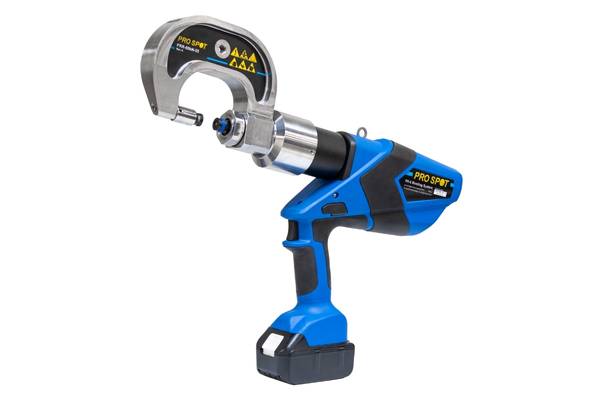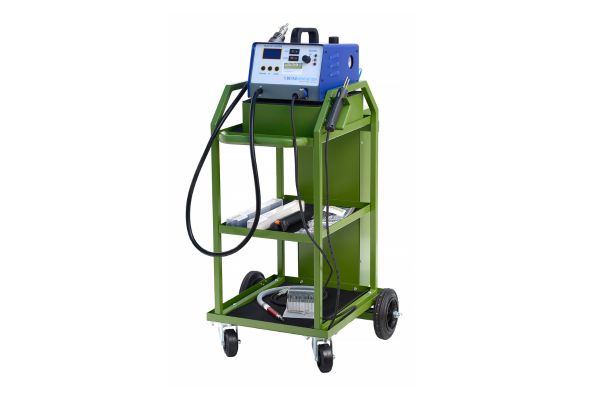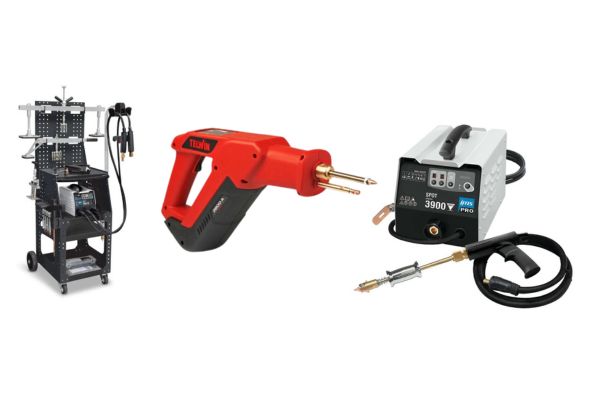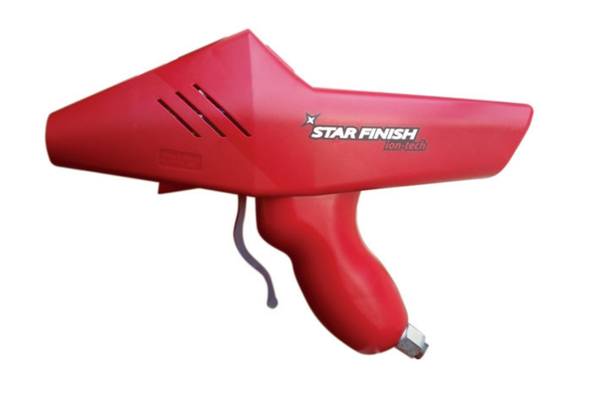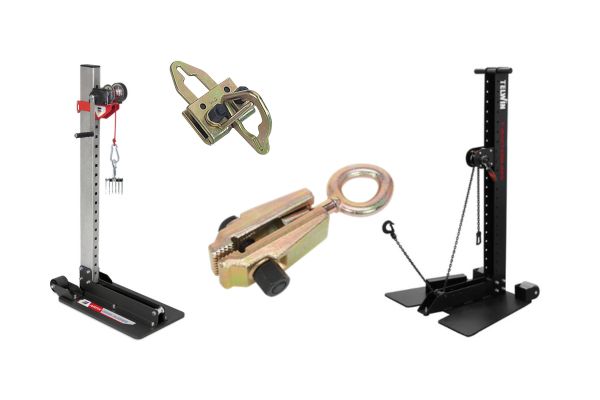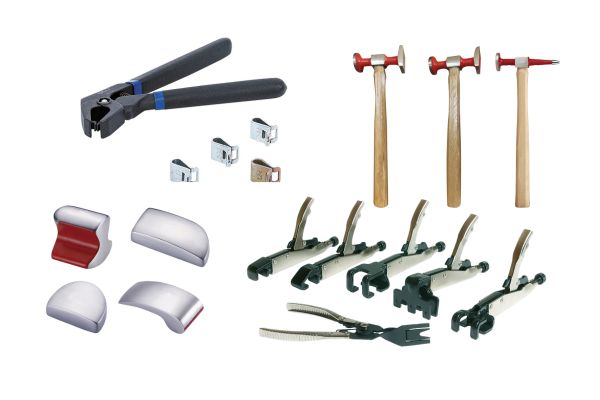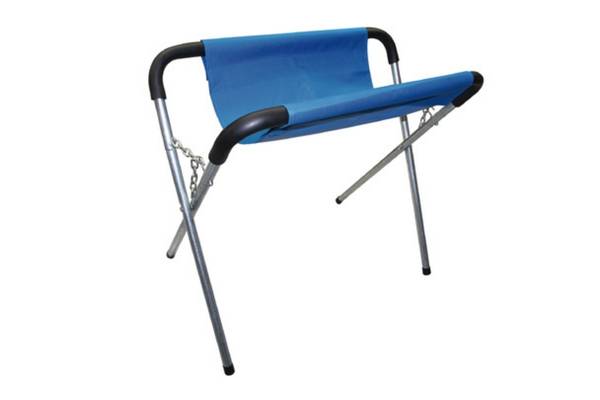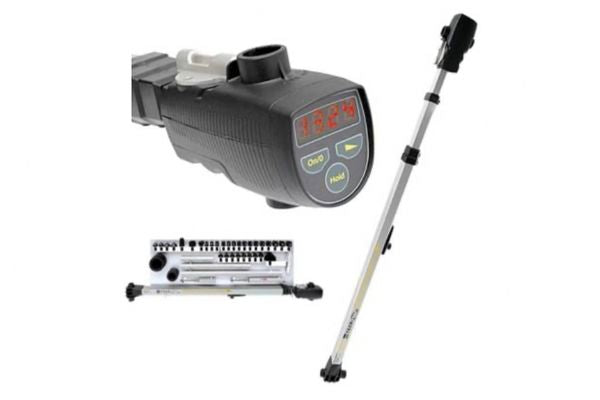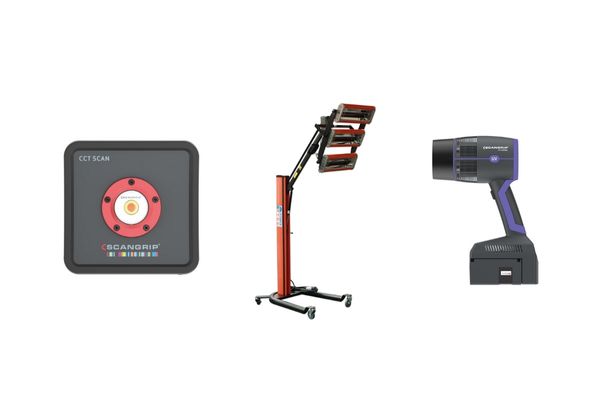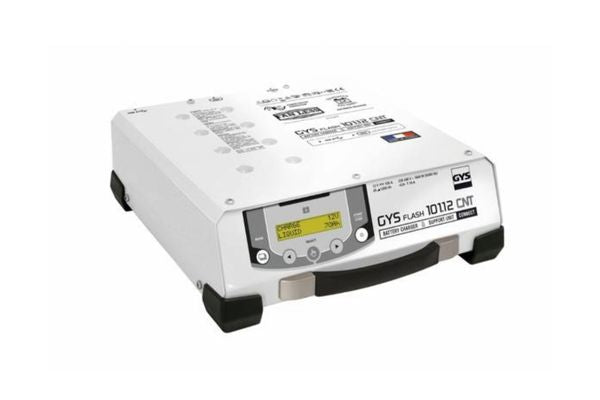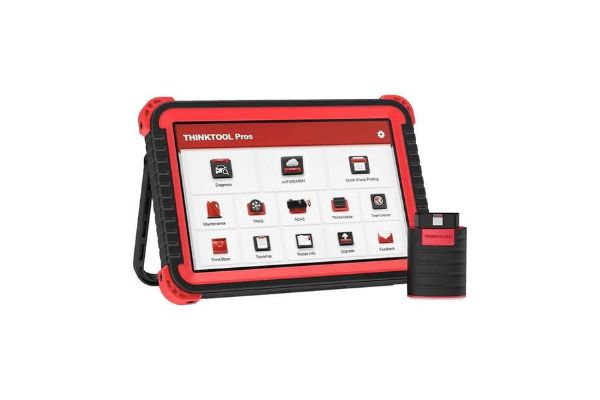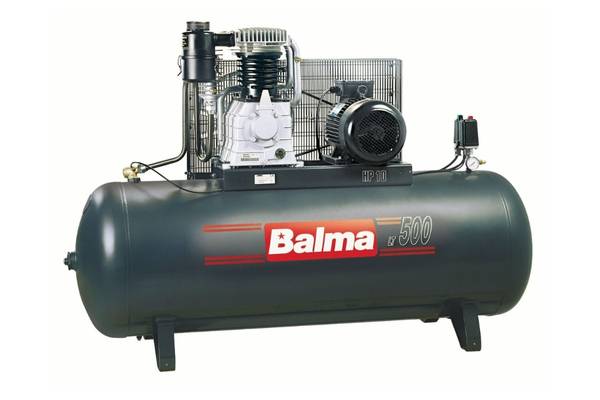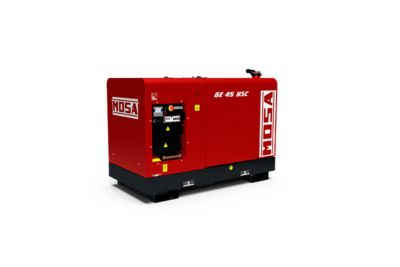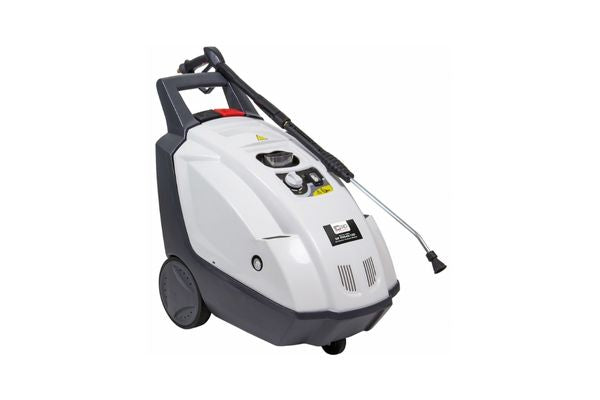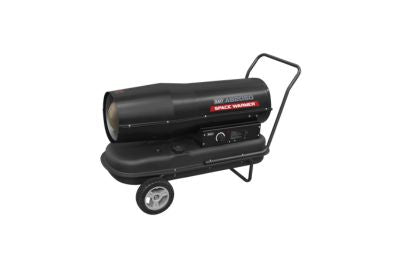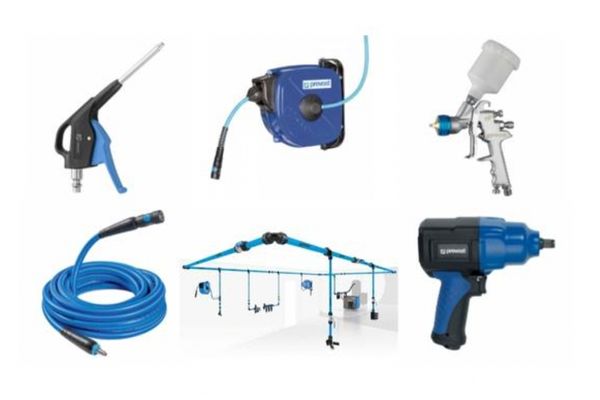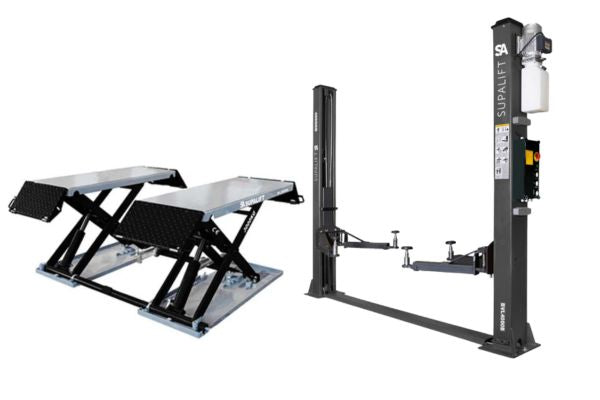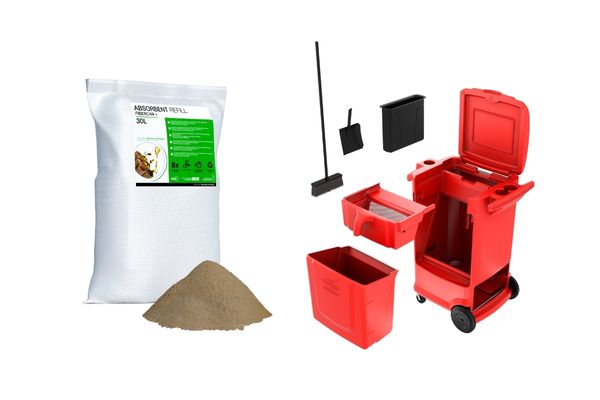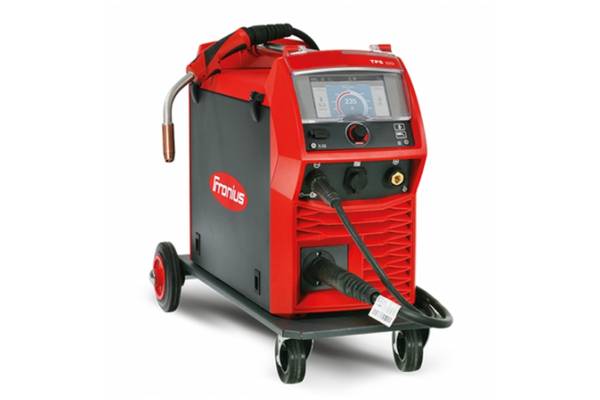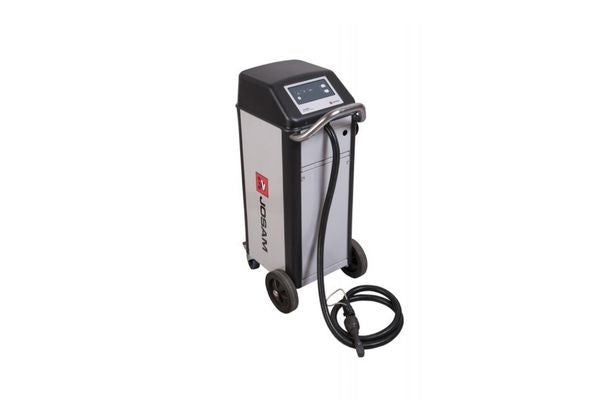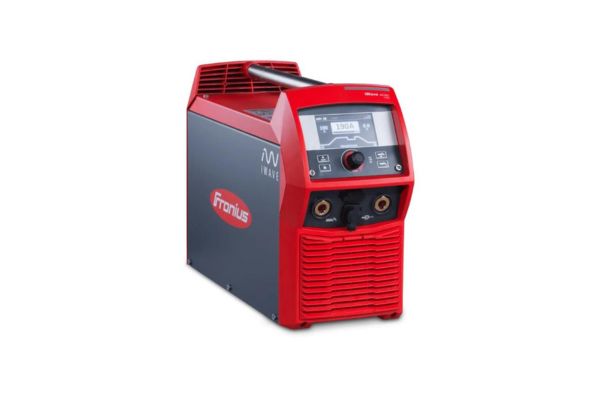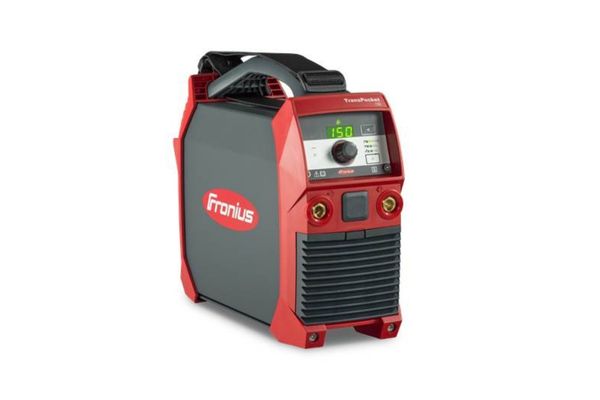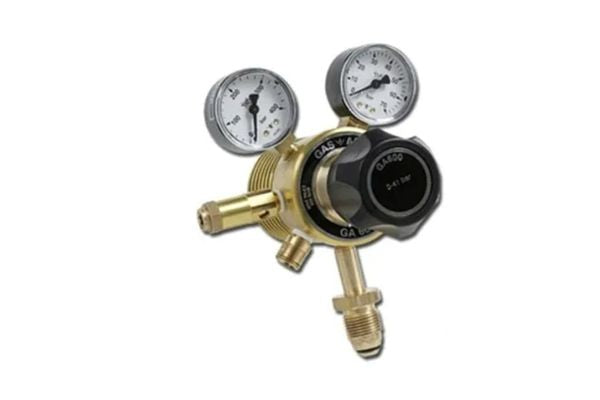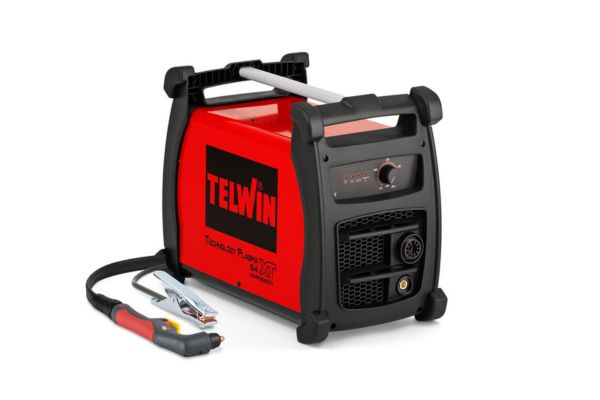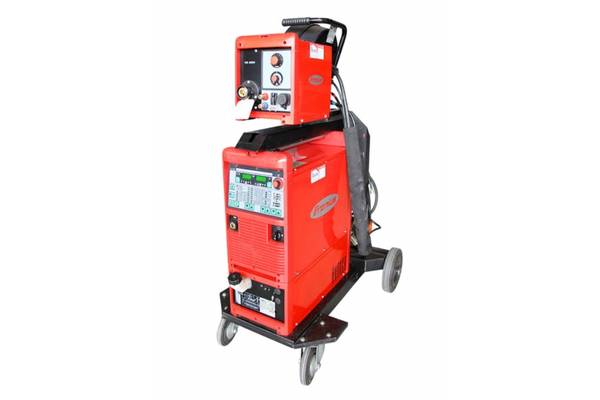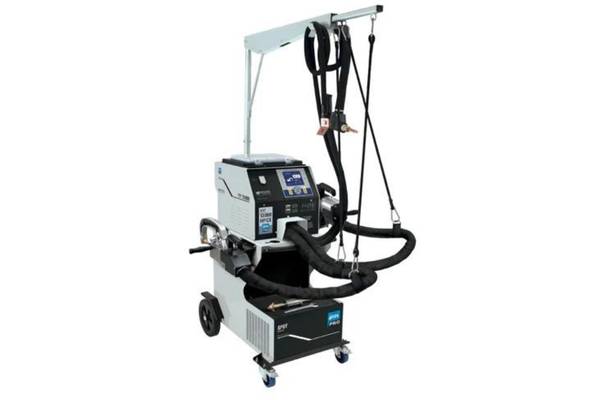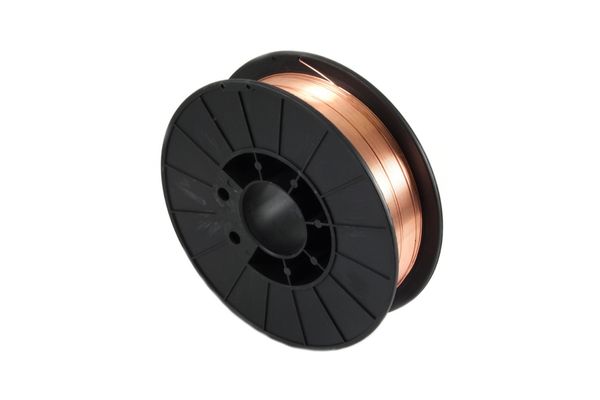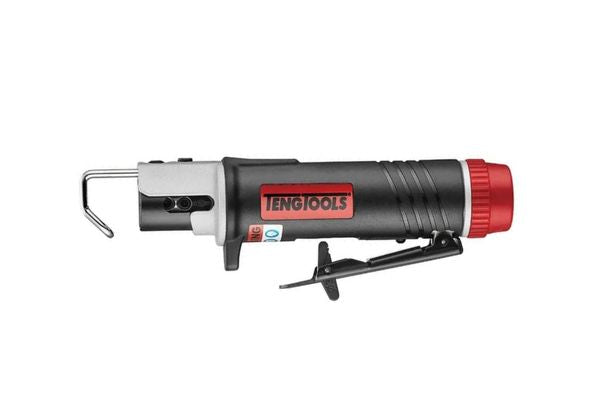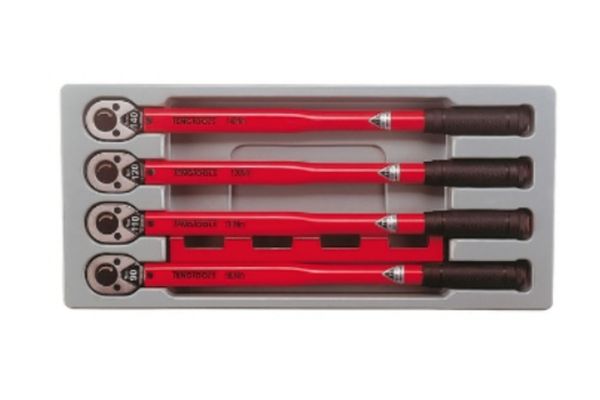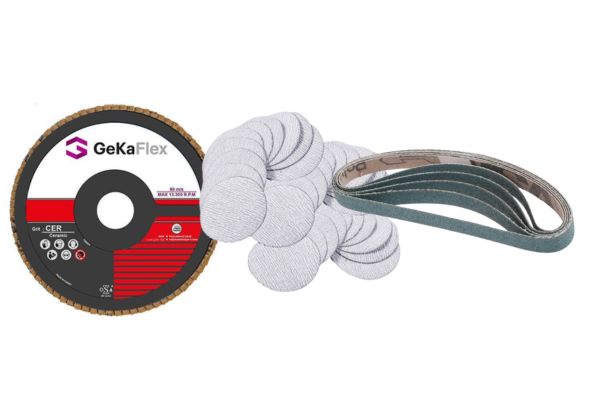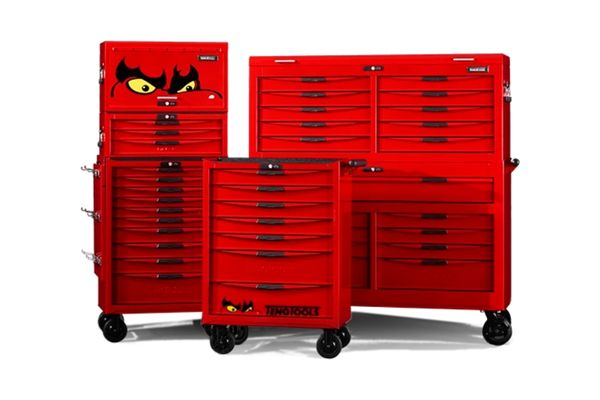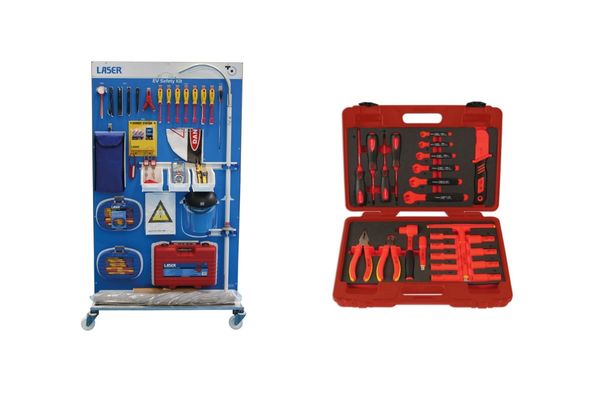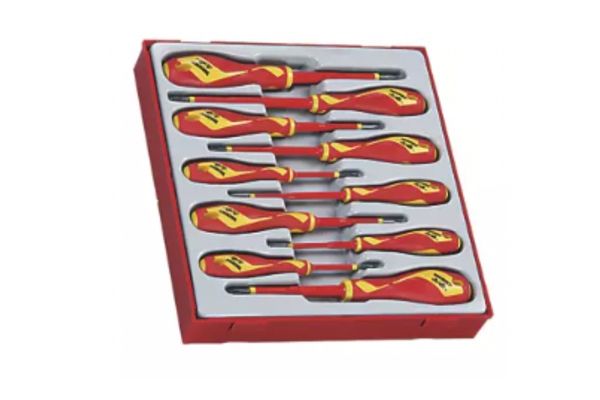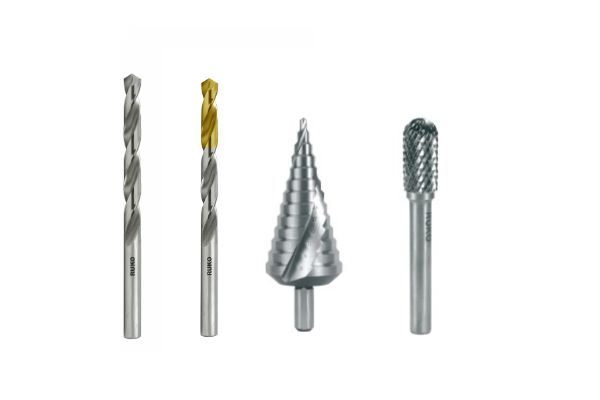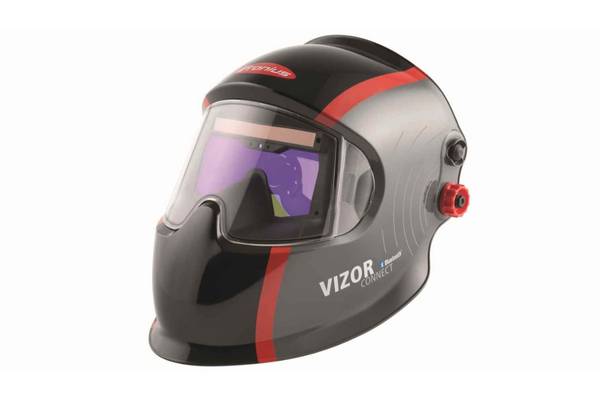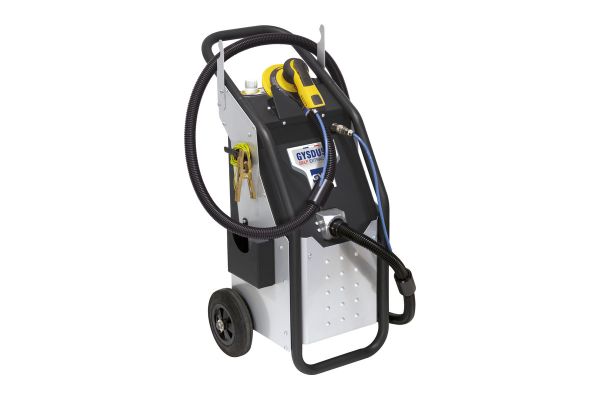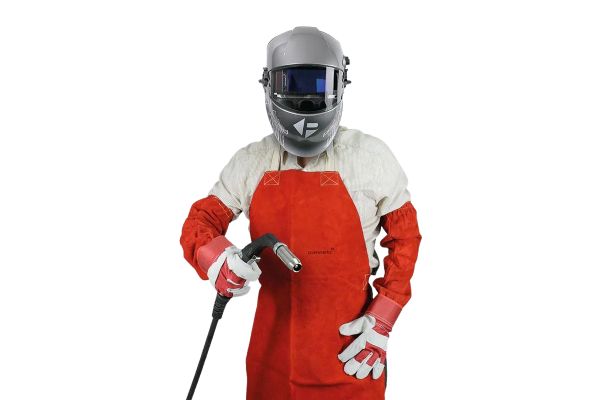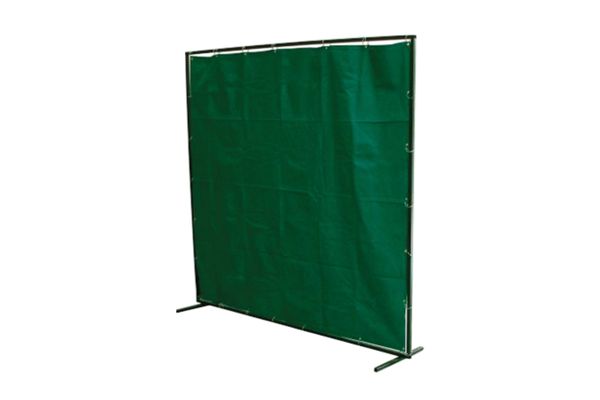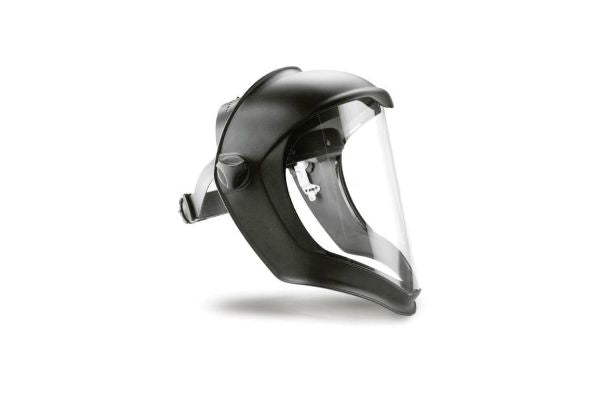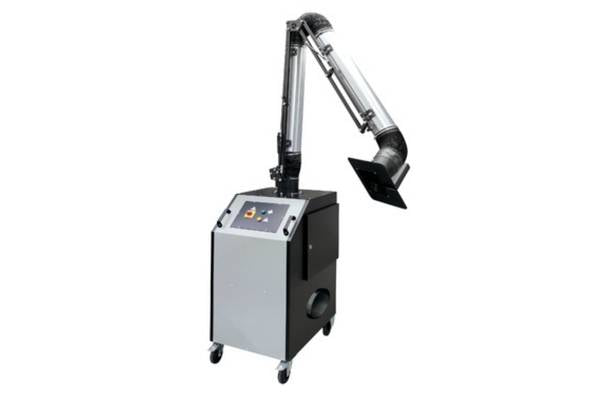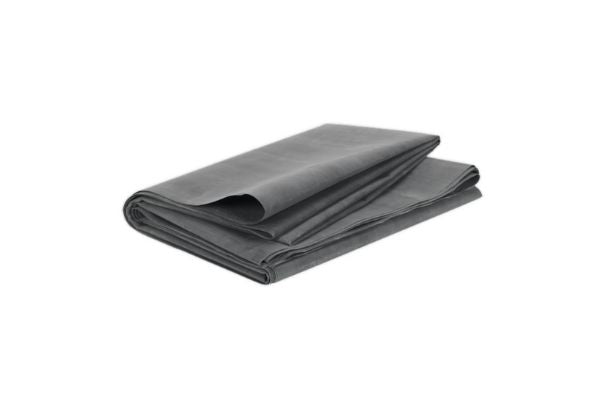Need Some Help? 0161 223 1843
Need Some Help? 0161 223 1843
BODYSHOP
WORKSHOP
WELDING
TOOLS
SAFETY
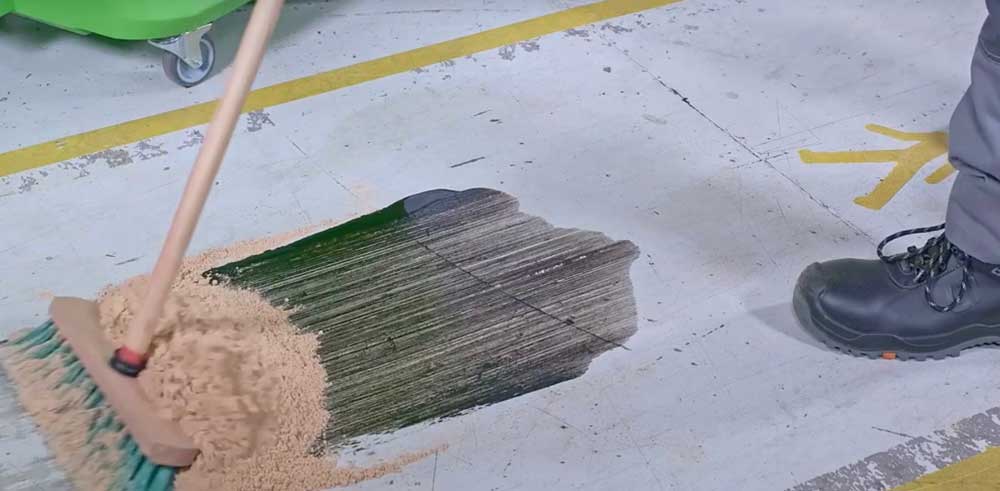
How To Clean Engine Oil Spillages In a Workshop
April 19, 2020 3 min read
Oil, water and fuel spillages are potential Health and Safety Hazards in a home, workshop, garage or bodyshop.
ACT QUICKLY
It's not impossible to clean oil stains from concrete in your home garage or workshop but you must act quickly otherwise the oil will impregnate the microscopic holes in the concretes surface permanently.
Cleaning stains from professional workshop floors is a lot easier as the safety floor paint stops the oil from impregnating it, but again it's important that you act quickly.
The traditional way of covering and removing the sand was to put sawdust, sand or clay on it and leave it to soak. But this doesn't remove all the oil from the surface as it still leaves a thin layer or smudge.
Below is a typical example of the instructions to do this-
ABSORB THE OIL STAIN
The first step is to soak up as much oil as possible. Just follow these steps:
- Sprinkle sawdust, clay, coconut husks, or a commercial oil-absorbing product on the stain. If you have none of these products on hand, set paper towels on the floor to soak up any wet oil while you make a trip to the store.
- Allow the absorbent materials to work on the oil for 24 to 48 hours. Then, sweep up the debris with a broom and dustpan.
- Repeat with fresh absorbent materials as needed to remove any remaining oil.
As you can see its time consuming and still doesn't remove all the oil film/smudge from the surface of the floor.
The old methods of cleaning are:
- Not efficient
- Impractical
- Have high consumption of the cleaning material
In a workshop or bodyshop, this can prove time-consuming as well as hazardous to other personnel as the damaged area is now out of bounds until it's soaked up the oil or its been thoroughly cleaned by staff.

IT DOESN'T HAVE TO BE THIS DIFFICULT.
A new bio-degradable cotton-based spillage absorbent for workshops has been launched that is 8 times more efficient than standard technologies.
The Beegreen Range is based around the Fibercan natural absorbent which is made from cellulosic fibres. These fibres soak up the oil spillage INSTANTLY, even the thin smudge layer is absorbed leaving a clean surface without the need for it to soak in.
RECYCLE
The action of the Fibercan fibres is to clump the oil together so that when you sweep the stain up all the oil is locked into these clumps.
Simply filtering out the clumps with a sieve means the unused Fibercan can be used again. This saves on waste and means it can last 8 - 10 times longer than normal clay or sawdust sacks.
PROFESSIONAL
For professional workshops and garages, there is the "All In One" rolling recycling pack that has everything you need to control spills. The rolling pack includes clean absorbent in a pull-down drawer for easy placement onto the spill. A shovel and brush are clipped onto the side of the pack for putting the fibercan on the spill and brushing it up once absorbed.
You then tip the used absorbent into the filtering tray at the top of the pack and shake it back and forth. The un-used Fibercan falls through the sieve to be used again leaving the clumped together stain. then lifting the sieve you can dispose of the soiled Fibercan into a waste catcher at the back of the pack.
The initial cost of the system is quickly paid back with savings in time, and the cost of absorbent saved.
The easy to use system means the spillages are cleaned up quickly, easily and safely.
Contact us about promotional rates for multiple units

|
Paul Jones Director BWS Ltd, CSWIP Ive been a welding engineer for over 30 years and a welding inspector for 23 years with vast experience of welding and related topics. |
Leave a comment
Comments will be approved before showing up.


